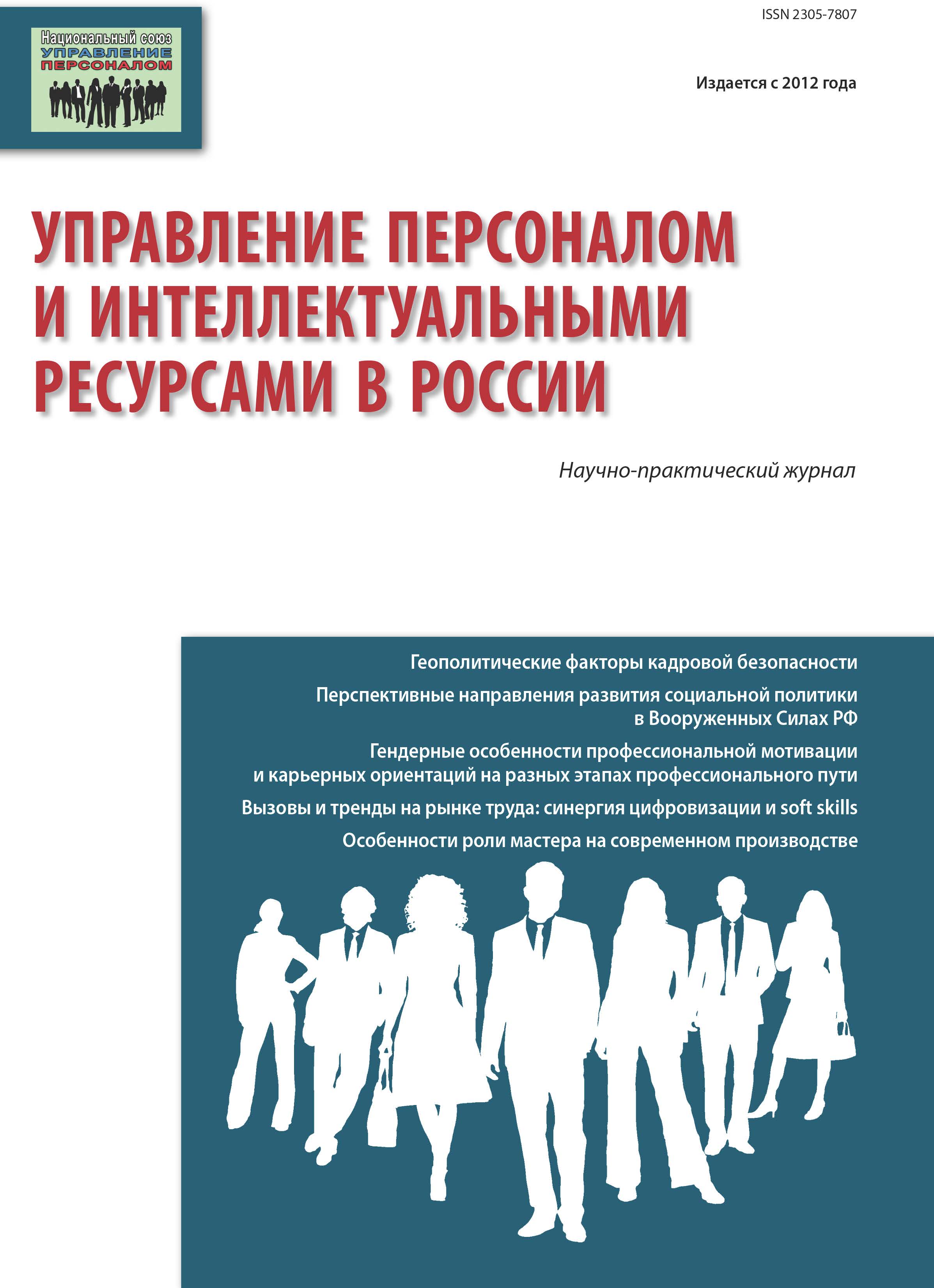Владивосток, Россия
Владивосток, Россия
В статье приводятся результаты исследования экономической активности населения стран Азиатско-Тихоокеанского региона с высоким уровнем показателей развития человеческого потенциала, а именно: Республики Корея, Японии, Российской Федерации и Китая. Приведенные в статье показатели рассчитаны в соответствии с методологией Международной организации труда. Авторы приходят к выводу, что страны с высоким индексом человеческого развития характеризуются средними значениями экономической активности (не выше 65%), позволяющей отдельному человеку и/или домохозяйству иметь доход, достаточный для обеспечения высокого качества жизни, а также инвестирования в человеческий капитал и повышения уровня развития человеческого потенциала. Следовательно, экономическая активность населения обеспечивает развитие человека, а развитие человека повышает качество и эффективность рабочей силы страны.
экономическая активность населения, человеческое развитие, развитие человеческого потенциала, трудовой потенциал, страны АТР, Азиатско-Тихоокеанский регион, Республика Корея, Япония, Российская Федерация, Китай.
INTRODUCTION
The term “Human Development Index” was introduced and developed by the Pakistani economist MahbubulHaq and Indian economist Amartya Sen in 1990.
1. Ul-Haq, M., 1997. Human Development in South Asia 1997, Oxford University Press.
2. Sen, A., 1999. Development as Freedom. Oxford University Press: p. 336.
3. Fukuda-Parr, S., 2003. The Human Development Paradigm: operationalizing Sen’s ideas on capabilities. Feminist Economics, 9 (2-3): pp. 301-317.
4. Becker, G.S., 1993. Human Capital: A Theoretical and Empirical Analysis, With Special Reference to Education. 3d edition: pp. 412.
5. Jiménez, M., Matus, J.A. and Martínez, M.A., 2014. Economic growth as a function of human capital, internet and work. AppliedEconomics, 46(26): pp. 3202-3210.
6. Ustinova, L. and Ustinov, A., 2014. Studying the impact of intellectual capital at industrial enterprises on their market capitalization. AsianSocialScience, 10: pp. 15-20. DOI: https://doi.org/10.5539/ass.v10n20p15; EDN: https://elibrary.ru/UFBOOF
7. Berger, M.C., Blomquist, G.C. and Peter, K.S., 2008. Compensating differentials in emerging labor and housing markets: Estimates of quality of life in Russian cities. Journal of Urban Economics, 63: pp. 25-55. DOI: https://doi.org/10.1016/j.jue.2007.01.006; EDN: https://elibrary.ru/MJETYV
8. Clark, S., 2010. Internal Mobility and Labour Market Flexibility in Russia. Europe-Asia Studies, 51(2): pp. 213-243.
9. Larin, A.G., 2009. Chinese Migrants: Their Views on the Work, Education, and Living Conditions in Russia (By the Results of a Social Survey). Studies on Russian Economic Development, 20(3): pp. 140-160. EDN: https://elibrary.ru/KWLGFF
10. Savinkina, L.A. and Pestereva, N.M., 2013. Assessing the current state of the labor market and employment of Primorsky Region. Part 2 Human resources and labor costs. Database. Moscow, 2013621543.
11. Savinkina, L.A. and Shepelova, T.S., 2014. The problem of shortage of medical staff and its solutions. Modern problems of science and education, 6. Date Views 24.12.2014 www. science-education.ru
12. Seong, M., 2014.Gender comparison of the effect of education on occupational achievement in South Korea (1960’s - 1990’s). Asia Pacific Educational Researcher, 1(23): pp. 105-116.
13. Sweet, E.L., 2009. Ethnographic understandings of gender and economic transition in Siberia: Implications for planners and policy makers. European Planning Studies, 17 (5): pp. 697-713.
14. Кuznetsova, N.V. and Topchii, A.V., 2007. Labor market trends and prospects for the year 2015. The Asia-Pacific region: the economy, politics, law, 1: pp. 43-54.
15. Zikic, J., 2014. Skilled migrants’ career capital as a source of competitive advantage: implications for strategic HRM. International Journal of Human Resource Management, 19: p. 22.
16. Baganov, V.Y., 2013. Human development index as an indicator of sustainable development of the region. Proceedings of the Irkutsk State Economic Academy (Baikal State University of Economics and Law), 4: p. 9.
17. Kovaleva, N.V., 2011. Human development index as an integral indicator socio-economic development. The Economy. Questions School Economic Education, 2: pp. 48-67.
18. Spiridonova, E.M., 2010. The index of human potential development as an integral indicator of regional living standards. Bulletin Sam GUPS, 4: pp. 45-51.
19. Drozdova, E.M., 2012. Approaches to the labor potential determination and evaluation. Discussion, 5: pp. 34-37. EDN: https://elibrary.ru/OXTVXJ
20. Fedotova, O. and Latunb V., 2014. Migration Potential of Labor Market and the System of Higher Education: Asian Vector of Development. Procedia - Social and Behavioral Sciences, 149: pp. 327-332. DOI: https://doi.org/10.1016/j.sbspro.2014.08.258; EDN: https://elibrary.ru/WQELID
21. Kravchenko, E., 2013. Problem of measuring socio-economic efficiency of human potential development at regional level. Bulletin of Irkutsk State Technical University, 3(74): pp. 141-146. EDN: https://elibrary.ru/PYAKKZ
22. Savinkina L.A. and Gubenko, A.K., 2015. Investigation of the changes in the human development index in Primorye Territory. Human Resources and Intellectual Resources Management in Russia, Moscow, 4(6): pp. 61-66.
23. Popkova, A.A., 2014. Territorial active population as a condition of formation of the human potential of the city. In the collection: Human and professional potential of youth in the region. Materials of the All-Russian scientific-practical conference of young scientists, post-graduate students, students. 2014: pp. 171-172.
24. Romanyuk, D.M., 2014. Socio-Economic Structure of the Population of Ukraine: Assessment in Terms of Ensuring of Human Development. Inform Business, 6: pp. 207-211.
25. Tupikina, E.N. and Kocheva, E.V., 2010. Statistical analysis of regions in the far east human development. Bulletin of the Novosibirsk State University. Series: Socio-economic sciences, T. 10 (3): pp. 60-69.
26. Database of labour statistics of the International Labour Organization. Date Views 02.11.2017 laborsta.ilo.org.
27. Human Development Report 2016. Human Development for everyone. Date Views 01.11.2017. http://hdr.undp.org/sites/default/files/HDR2016 _RU_Overview_Web.pdf
28. Human Development Report 2013.The Rise of the South: Human Progress in a Diverse World. Date Views 03.11.2017.www.un.org/ru/development/hdr/global.shtml






